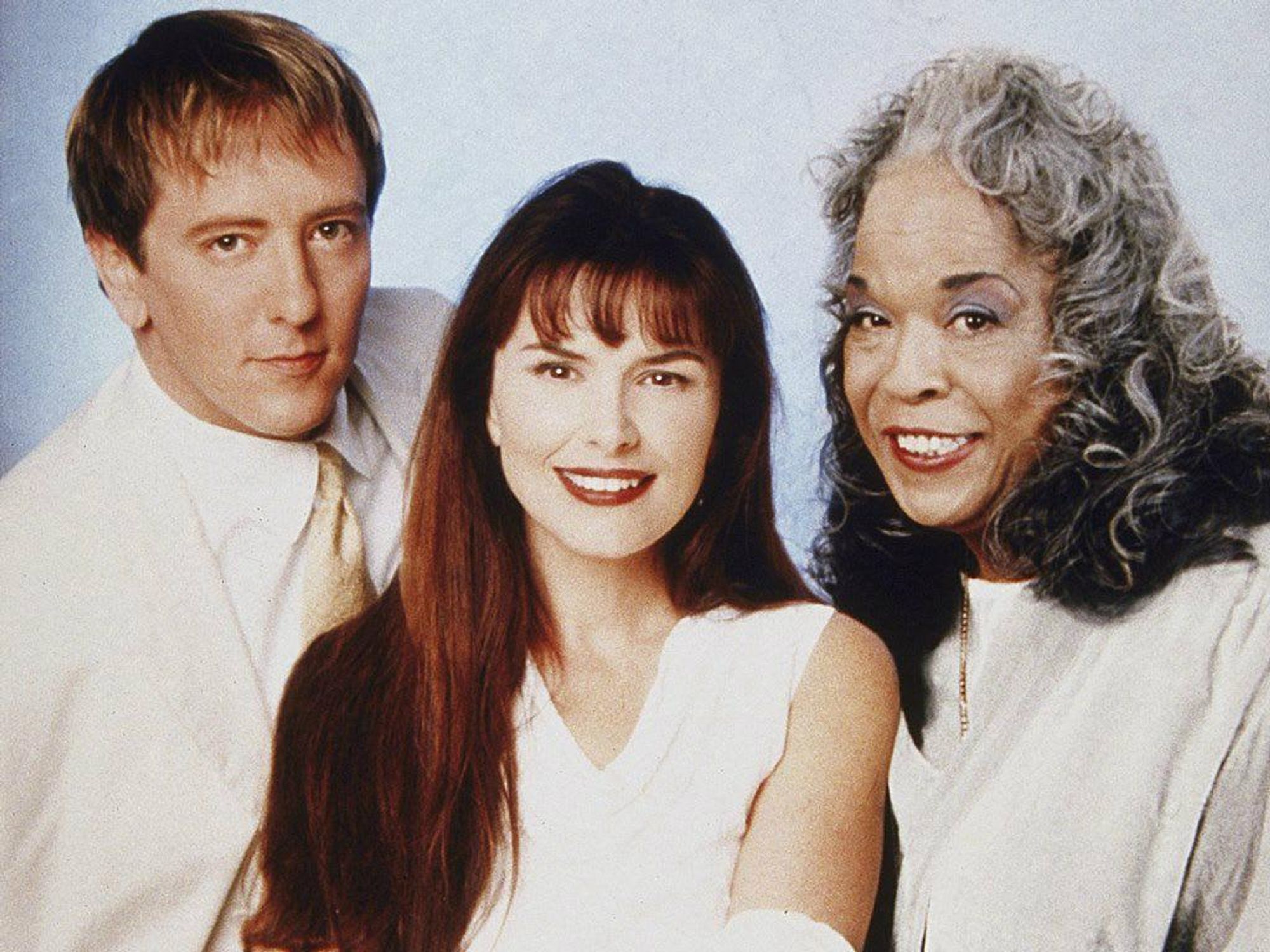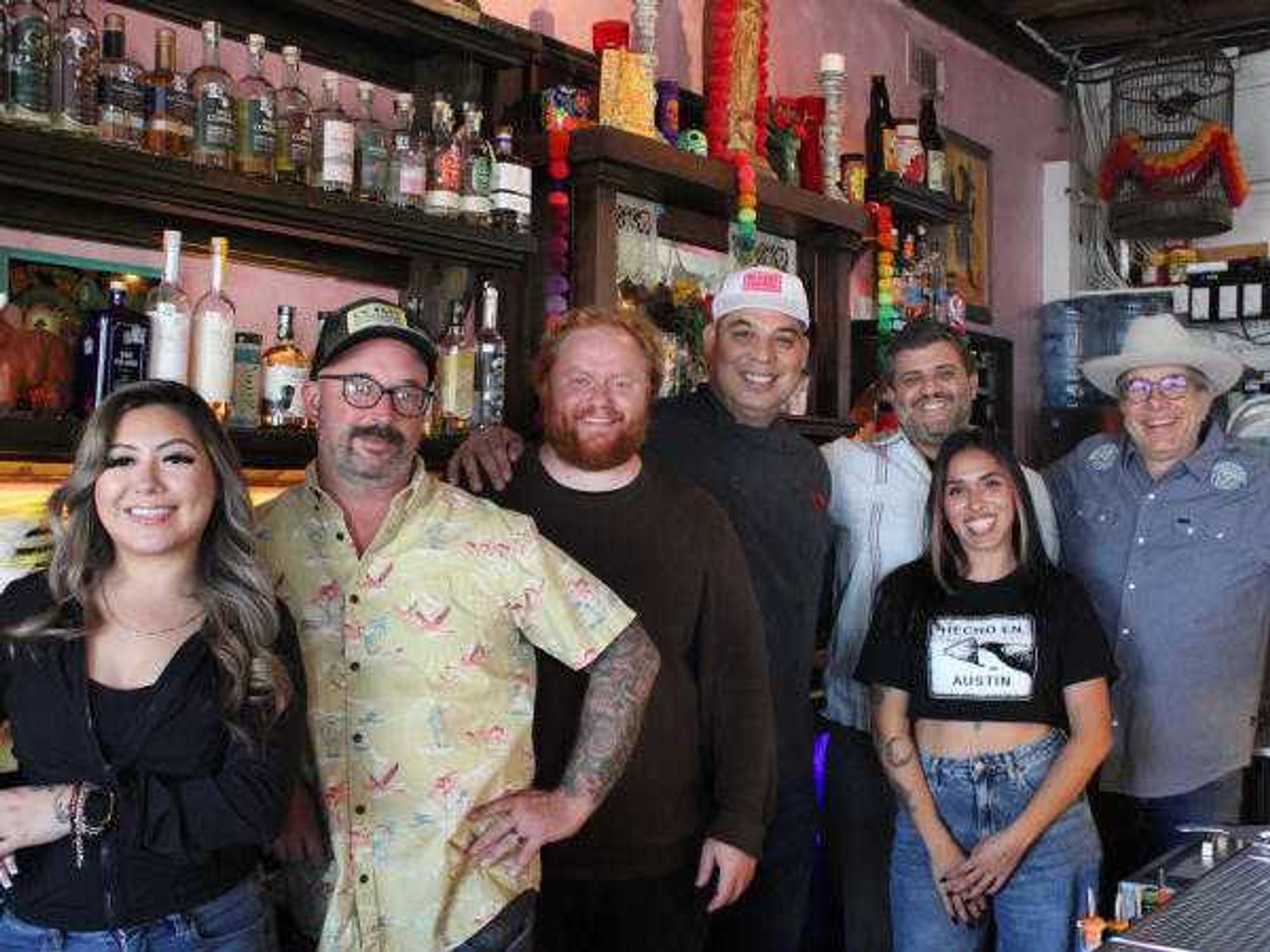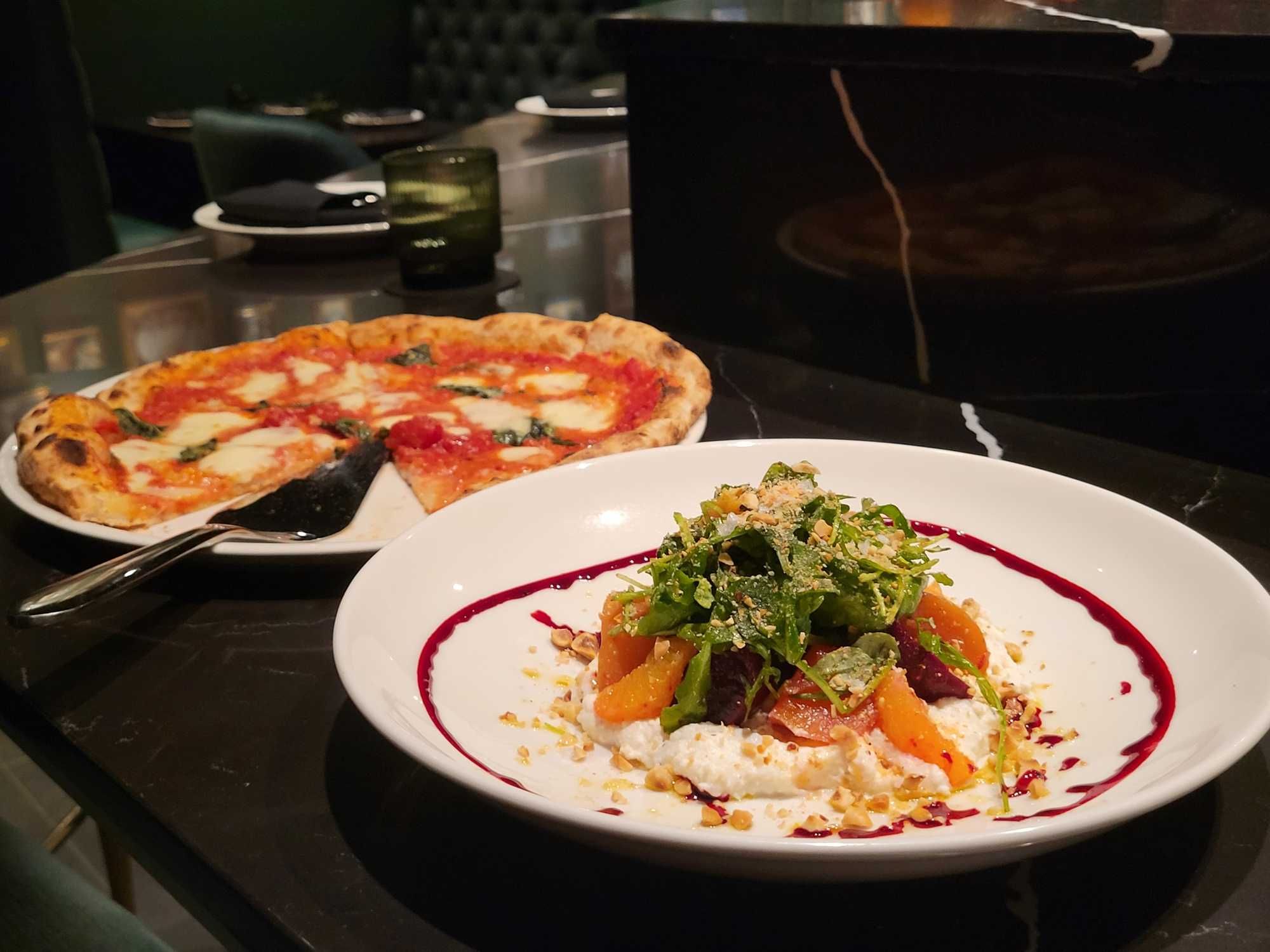Color in the Capital
Touched by an Angel screening sparks conversation about racism in Austin

Last month, I received an e-mail from a good friend inviting me to attend an event at St. James Episcopal Church in East Austin. The event, called “Race and Racism Are Complicated: First Saturdays Conversations and Discussions,” was part of a meeting series hosted by the church and the Travis County Sheriff’s Office. It was free and open to the public, and the agenda included watching an episode of the television series Touched by an Angel titled “Black Like Monica,” after which there would be an open discussion. Intrigued, I agreed to go.
On the morning of the event, there I was, with about 20 strangers of varying ethnic backgrounds, sitting in a semicircle and facing a flat-screen television. The host talked a bit about the purpose of the series — to cultivate conversation about and solutions for undoing race and racism in Austin — before pushing “Play” on the remote control.
History is filled with sentiments similar to those expressed at a recent discussion on race and racism sponsored by St. James Episcopal Church. But these were the conversations taking place in 2013, in liberal-leaning, proactively progressive, cultural and colorful Austin, Texas.
I had seen an episode or two of Touched by an Angel, but I was never as passionate about it as I was about the more heretical Friends, Frasier and Law & Order: SVU. Back in the 1990s, the saga of a black woman, a Northern Irish woman and a white man roaming the earth spreading God’s messages of love was not my idea of must-see TV.
But the Angel episode we watched at St. James Episcopal Church shook many of us to our core. It played out in startling, made-for-TV detail a heinous and fatal hate crime committed by two white men against a black man. Monica, the Northern Irish angel, bore witness to the poisonous effects of racism. There were a couple of spoutings of the “N” word and, in a bizarre turn of events, Monica went to sleep a white angel but woke up a black woman (the horribly bad spray tan job and Halloweeny Jheri curl wig threw us all for a loop, but we stayed with it).
The episode did its job. It shocked us. It saddened us. It angered us and evoked notions of reparation and guilt. But some real magic happened after the ending credits rolled.
“I could relate to what the sheriff said in the episode,” said a white man in our group. He was referring to the following statement, part of the dialog from the episode: “God help me, every time I shake the hand of a black man, something deep inside, something I can’t explain, something involuntary makes me want to wipe my hand on my pants. I don’t know why. I know it’s terrible and I am sorry. So, that’s the truth. And I don’t know where we go from here."
A black woman in the group said that when she walks into certain establishments in Austin, still gets the odd look from certain patrons. “I’ve grown used to being the only black person in a room,” she said.
A black man said he was convinced that the west side of Austin was so much more beautifully manicured than the east side that “the birds even sing louder over there.” History is filled with similar sentiments — but these were the conversations taking place in 2013, in liberal-leaning, proactively progressive, cultural and colorful Austin, Texas.
The screening and conversation that followed provided overwhelming evidence that there is a need for ongoing, candid discussion about culture in the capital city. Race and racism are complicated? Indeed, they are.
The next First Saturday event is Oct. 5, 9 am, in the Founders Room of St. James Episcopal Church, 1941 Webberville Road.

 Beet and citru salad at Moderna. Photo by Brianna Caleri
Beet and citru salad at Moderna. Photo by Brianna Caleri